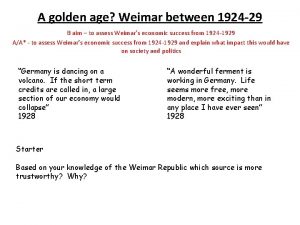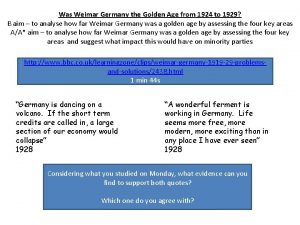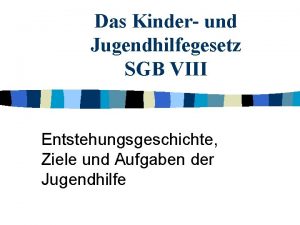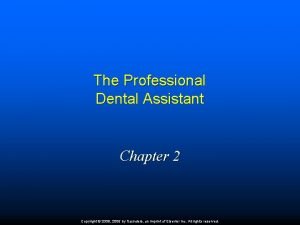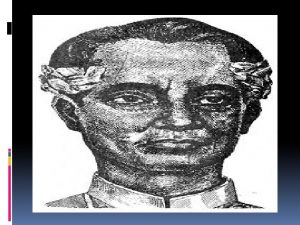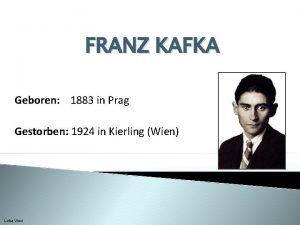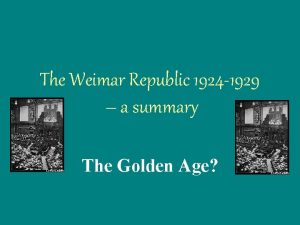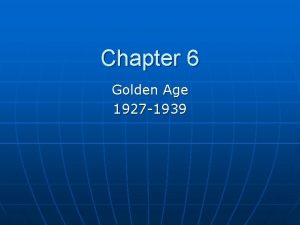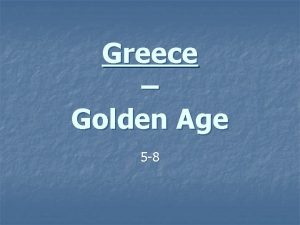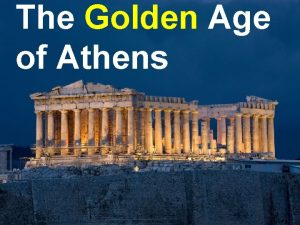The Golden Age of Weimar 1924 1929 The










- Slides: 10

The Golden Age of Weimar 1924 -1929

The Golden Age of Weimar � The Munich Putsch was a response to the government calling off passive resistance in the Ruhr � Hitler felt that agreeing to pay reparations again was a betrayal of the people � The chancellor who made this decision was Gustav Stresemann

A Golden Age � The period between 1924 and 1929 is known as a ‘Golden Age’ or ‘The Years of Hope’ � Life became much calmer and more prosperous for Germany in these years � This was largely due to the policies of Stresemann � He improved Germany’s situation at home and abroad

How did Germany recover after 1923? � Domestic Improvements Strikes were called off � Reparations were restarted � This led to help from the U. S � Dawes Plan 1924 � Huge U. S loans helped to restart industry � Charles Dawes

� Stresemann introduced a new German Currency � The Rentenmark replaced the worthless mark � Its value was guaranteed by the U. S gold � This meant that Foreign businessmen could now invest in Germany’s economy � This led to an increase in new factories, industry, building work � Which led to employment

The Rentenmark

The Foreign Policy Stresemann’s Greatest Achievement � Stresemann regained trust and respect from other countries by… � Adhering to the Treaty of Versailles � Signing the Treaty of Locarno 1925 � Because of this Germany was invited to join The League of Nations in 1926

Stresemann congratulated and interviewed by journalists Four major players of the Locarno Pact. 1)Aristide Briand; 2) Gustav Stresemann; 3) Austen Chamberlain; 4) Edvard Benes

Germany by 1928 � Signed the Kellogg Briand Pact 1928 � Stresemann awarded the Nobel Peace Prize � Germany a much more prosperous and happy country than before the First World War

� ‘Life seemed more free, more modern, more exciting than in any place I have ever been…Everywhere there was an accent on youth. One sat up with young people all night in the pavement cafes, the plush bars, on a Rhineland steamer or in a smoke filled artist’s studio and talked endlessly abut life. Most Germans one met struck you as being democratic, liberal, even pacifist. One scarcely heard of Hitler or the Nazis except as butts of jokes- usually in connection with the Beerhall Putsch as it came to be known’
